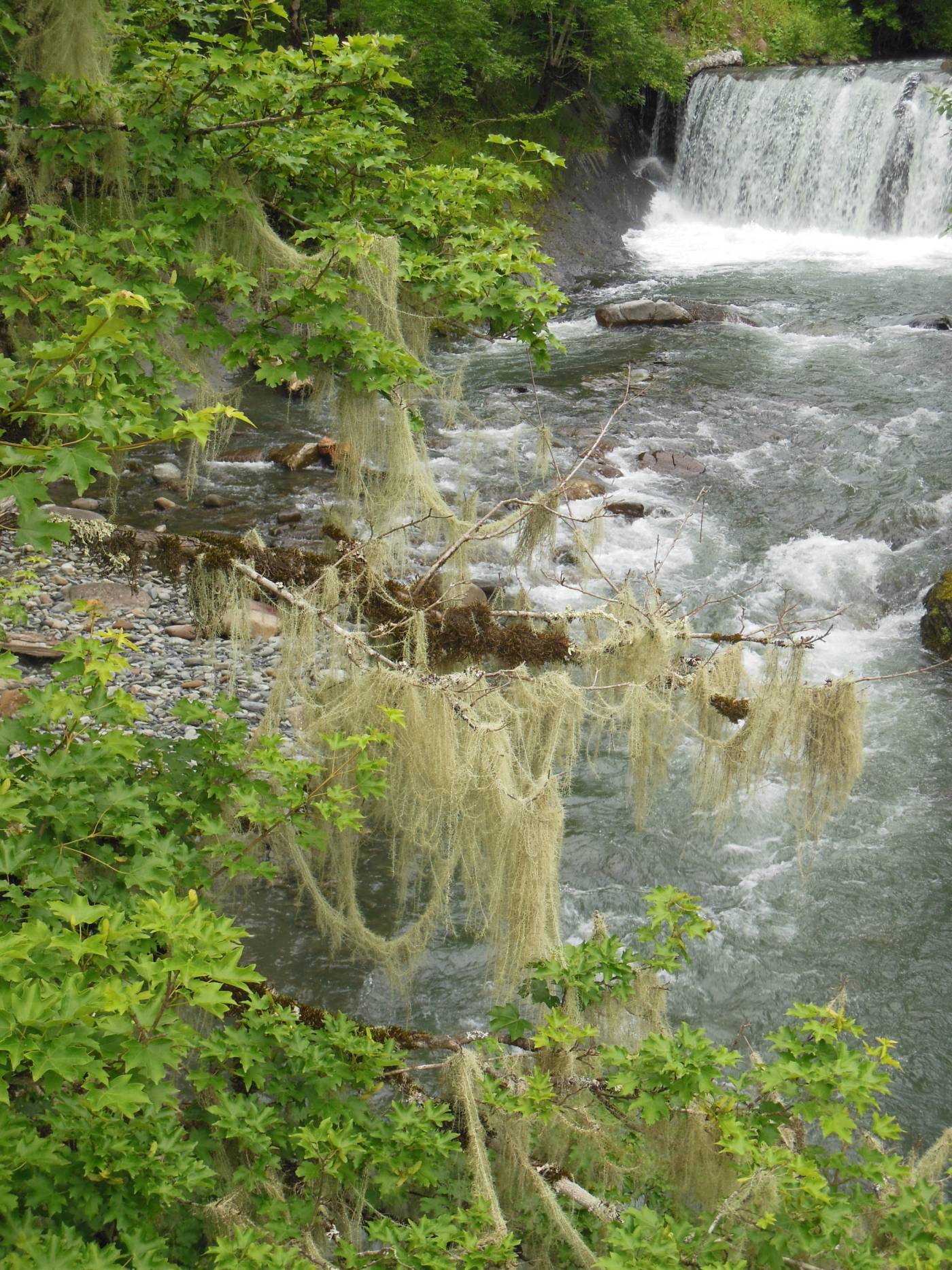A conspicuous epiphytic species whose pendent thalli might be several meters long. It is associated with branches of coniferous trees, mainly spruce, in old-growth forests with very high air humidity. In Europe, it used to occur from cold areas of the temperate zone to the boreal zone, but it strongly receded in many areas because of its sensitivity to not only air pollution but also microclimatic changes in its habitats, for example caused by intensive forest management. In central Europe, the species survived only in a couple of localities in the Alps. There are historical records from the area of the Czech Republic – the Šumava, Krkonoše, Orlické hory, Králický Sněžník and Hrubý Jeseník Mts. The last record was in 1930 near Březník in the Šumava Mts (Liška et al. 1998).
The species belongs to a separate phylogenetic lineage distinguished as the genus Dolichousnea based on morphological and molecular data (Articus 2004).
Literature: Liška J., Palice Z. & Dětinský R. (1998): Změny v rozšíření vzácných a ohrožených lišejníků v České republice I. – Příroda, Praha, 12: 131–144. Articus K. (2004): Neuropogon and the phylogeny of Usnea s.l. (Parmeliaceae, Lichenized Acomycota). – Taxon 53: 925–934.
taxonomic classification:Ascomycota → Lecanoromycetes → Lecanorales → Parmeliaceae → Usnea
Red List (Liška & Palice 2010):RE – extinct
Red List (Malíček 2023):A – no recent data
Occurrence in the Czech Republic
All records: 0, confirmed 0. One click on a selected square displays particular record(s), including their source(s).
